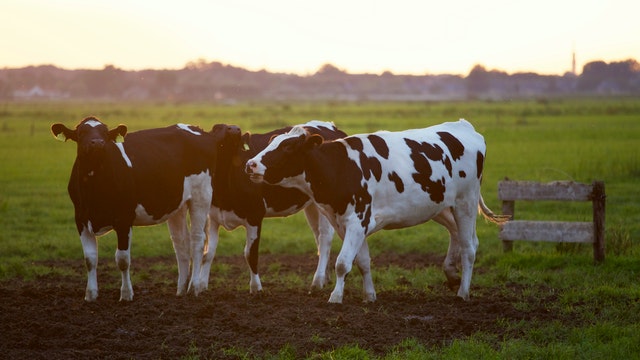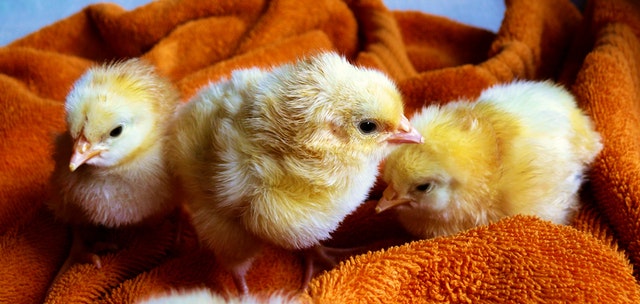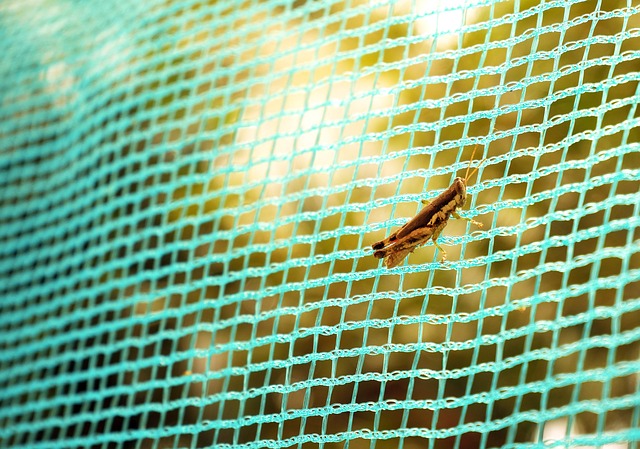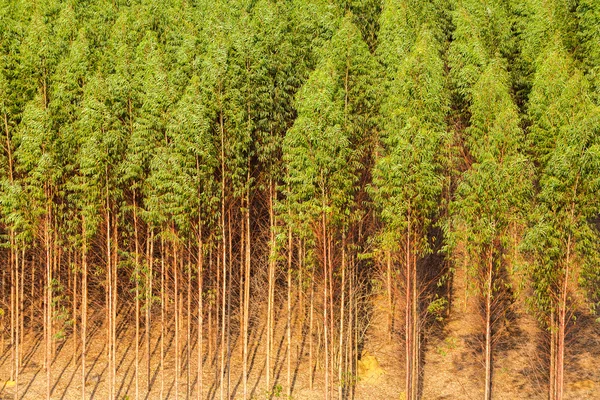Looking at how profitable is dairy farming in Kenya? In this blog post, we give you the estimates of the money you can make rearing dairy cattle for milk. We will use the cost-benefit analysis for both the intensive and semi-intensive farming systems.
For illustration, the estimates will use findings from a 2020 study to show the common costs and revenues for your farm. As a smart farmer, you can use the more actual costs and revenues for your farm.
Facts about dairy farming in Kenya
But is investing in dairy farming worth it in Kenya? Below are the top facts about Kenya’s dairy industry.
- Kenya has the highest per capita milk consumption in sub-Saharan Africa, currently standing at 110 litres.
- The total milk supply in Kenya will grow from the current 5.2 billion litres to 12 billion litres in 2030.
- The dairy sector in Kenya accounts for approximately 14% of the country’s agricultural GDP.
- There are approximately 1.8 million small-scale dairy farmers in Kenya, They supply over 56% of the total milk output in the country.
- Kenya has three dairy production systems; intensive (zero-grazing), open grazing, and semi-intensive systems.
Assumptions for the profit and losses Analysis.
Given the above facts about dairy farming in Kenya, it is profitable and demand will keep growing. As a small-scale farmer, looking to do commercial dairy farming, here are some assumptions in your gross margin analysis.
The estimates are for profitable dairy-producing regions such as Gihunguri, Olkalou or Olengurone. To get a more accurate analysis, match them to your region’s conditions or use actual data.
The farmers selling price of milk is Ksh 35 per litre on average. It may rise to Ksh 70 in some regions and ranges from off-taker to off-taker.
Revenues of Dairy Farming in Kenya:
How much money can you make raising dairy cattle in Kenya? According to this analysis, A milk farmer in Kenya will make revenues of Ksh 563, 720 from 4 milking cows. The revenues come from the sale of milk and other dairy products.
The average price of milk varies between Ksh 30-70 per litre in Kenya depending on the location and the season. This blog assumes you will sell milk to a cooperative at an average price of Ksh 34. If each cow gives you around 3600 litres, your 4 cows will give you around 15000 litres. With more cows, you can enjoy economies of scale raising your average yield to over 18000 litres as used in this post.
will have Kenya, the price of milk ranges from KES 30 to KES 50 per litre. The PDF file provides a gross margin analysis for dairy farming in Kenya, which is a useful tool for estimating the profitability of dairy farming.
Other sources of revenue include; selling manure and live animals such as bull calves, fattened bulled, and old cows, which can increase your revenue streams.
How to increase revenues from your dairy farm
If you searching for the best means you can make more money from your dairy farm, you can consider the following 4 methods.
- Diversification. Consider producing and selling other dairy products such as cheese, yoghurt, and butter, which can fetch higher prices in the market.
- Productivity. Invest in proper feeding, breeding, and health management practices, to increase milk productivity per cow.
- Join a dairy cooperative or association, to access better markets and higher prices for your products, as well as credit, training, and other resources that can help you improve your farm’s productivity and profitability.
- Sustainability. Invest in climate-smart dairy businesses, can create value and increase resilience within your farm. Areas you can explore are renewable energy (biogas production) reducing greenhouse gas emissions, and improving water management.
Costs of Dairy Farming in Kenya
According to the study, the total cost of dairy farming in Kenya is Ksh 634000. This is for an average farm with a herd of 8 cattle, half of them being milking cows. The majority of costs are variable costs at Ksh 526,000 while fixed costs of Ksh 109,000 are fixed costs in nature. We further expound on these cash outflows.
Variable Costs:
Variable costs are the costs that vary with the level of production. These costs include the cost of feed, labour, and veterinary services.
The cost of feed is the largest variable cost for dairy farmers in Kenya. Commercial feed can be expensive, so many farmers opt to make their feed at home using locally available ingredients.
The cost of labour varies depending on the size of the farm and the level of mechanization.
The cost of veterinary services includes the cost of vaccinations, deworming, and other medical treatments.
Fixed Costs:
Fixed costs are the costs that do not vary with the production level. These costs include the cost of land, buildings, and equipment.
In Kenya, the cost of land for dairy farming ranges from KES 500,000 to KES 1,000,000 per acre. The cost of facilities and equipment varies depending on the size of the farm and the level of mechanization.
How to reduce costs in your dairy farm
As a small-scale dairy farmer in Kenya, there are several ways for you to reduce the costs of production. These methods include;
- optimize your feed management practices. This can include producing your own feed using locally available ingredients, reducing feed wastage, and ensuring that your cows are getting the right balance of nutrients.
- Health Management. practices such as regular vaccinations, deworming, and proper hygiene can reduce the incidence of diseases and infections. In turn, these will lead to lower veterinary costs and higher animal yield.
- Commercial operations. consider improving the efficiency of your operations, You can reduce energy and water use, improve waste management, and optimise your labour practices.
Gross Margin Analysis:
Is dairy farming profitable? The gross margin analysis is the difference between the total revenue and variable costs.
The farm has 2 cows that produce a total of 20 litres of milk per day. The farm makes its own feed at home using locally available ingredients. The total variable costs for the farm are KES 1,000 per day, which includes the cost of feed, labour, and veterinary services. The total revenue for the farm is KES 1,200 per day, which is based on a milk price of KES 60 per litre. The gross margin for the farm is KES 200 per day, which is the difference between the total revenue and the total variable costs.
key challenges facing small-scale dairy farmers in Kenya
Risk management is a key aspect of ensuring sustainability. By recognising the worst challenges facing small-scale farmers in Kenya, you can easily develop risk mitigation and management plans to ensure predictable profits throughout the year.
- Low productivity: Average milk yield per cow per day is between 2 to eight litres, impacting profitability.
- Limited access to quality breeding services: There is inadequate availability and the quality of artificial insemination services varies across regions.
- Lack of proper market infrastructure: Farmers are faced with Inadequate storage facilities and transportation systems that hinder efficient milk delivery.
- Inconsistent milk prices: Farmers face fluctuations in milk prices, affecting their income stability.
- Climate change: Unpredictable weather patterns impact farmer’s profits through low-quality feeds and water availability.
Solutions to challenges facing dairy farmers in Kenya
- Improving productivity: Invest in proper nutrition, superior breed selection, and regular veterinary care. Besides, ensure that cows have adequate access to high-quality feed, clean water, and good health management.
- Marketing: To overcome the challenge of marketing, join a dairy cooperative. You will then have access to milk collection centres, cold storage facilities, and reliable transportation networks to facilitate efficient milk delivery.
- Managing milk price fluctuations: Farmers can mitigate the impact of inconsistent milk prices by diversifying their income sources through processing and packaging milk products for sale directly to consumers or finding alternative markets for surplus milk.
- Climate change adaptation: Farmers need to invest in proper water management techniques, such as rainwater harvesting and efficient irrigation systems, and utilizing resilient and drought-tolerant forage crops. Improving animal housing and providing shade can also help mitigate the effects of extreme heat.




Yes more about pig farming